You can trust Cyclingnews
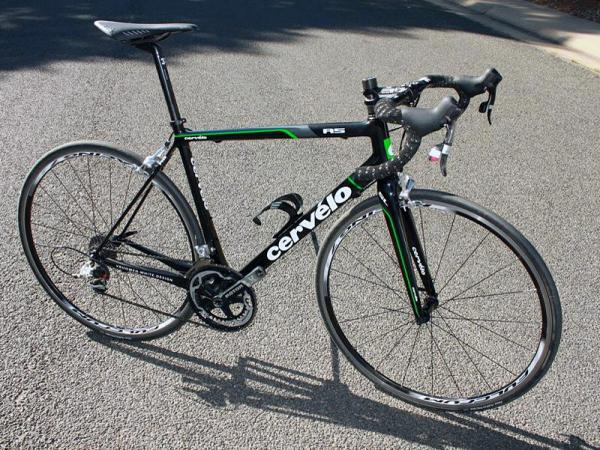
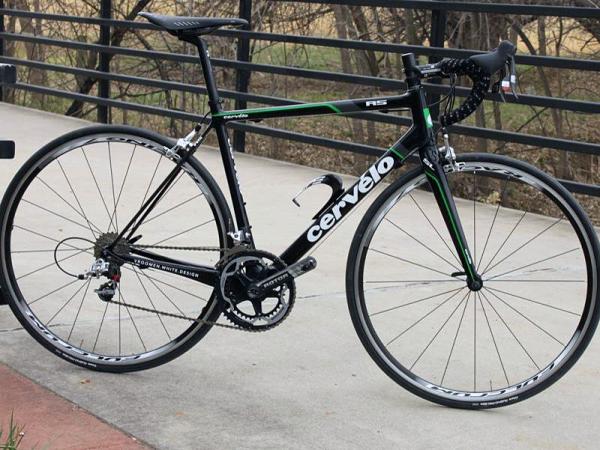
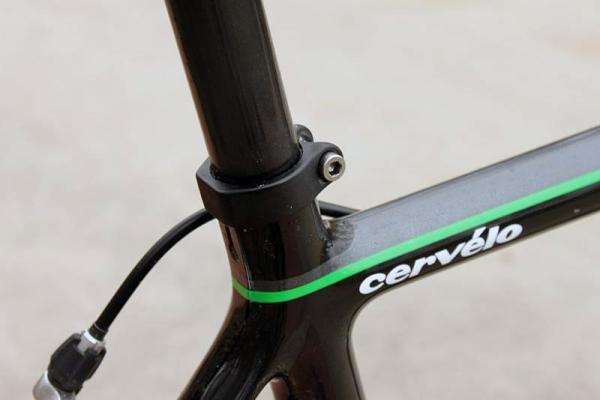
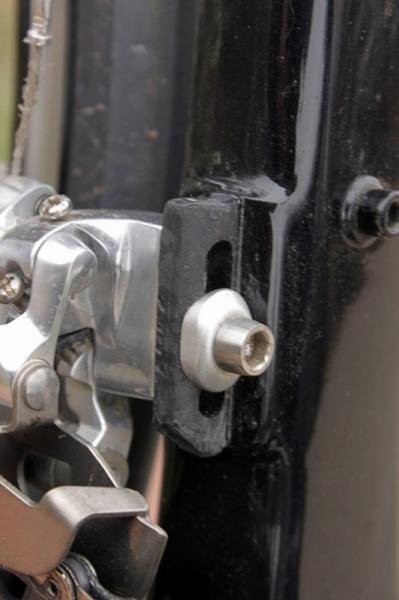
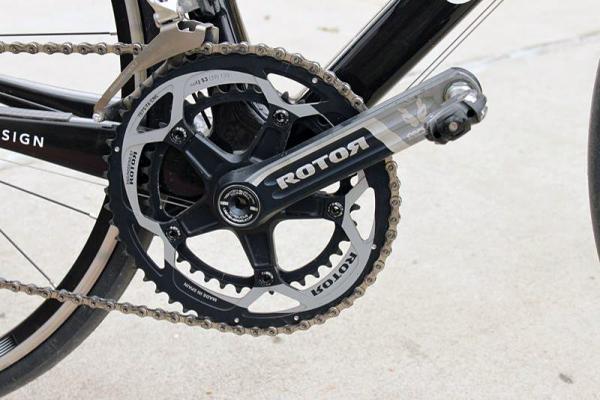
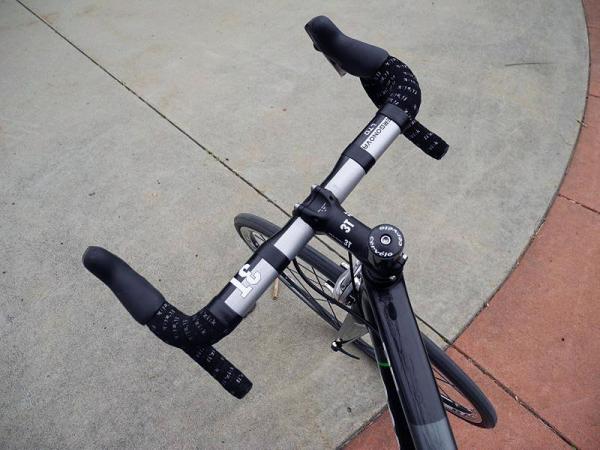
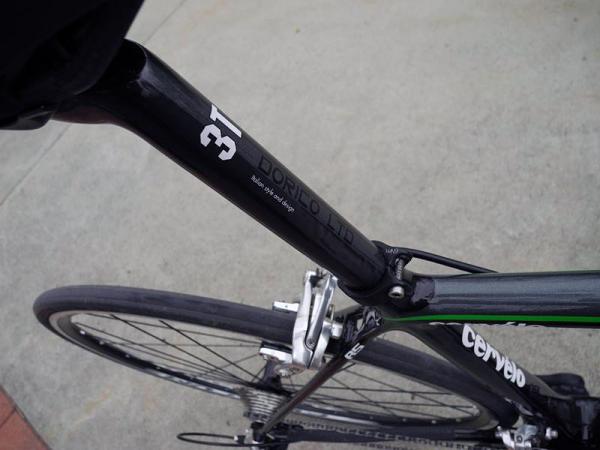
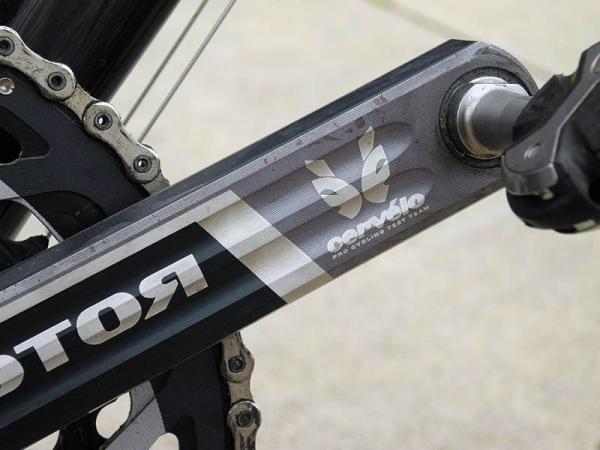
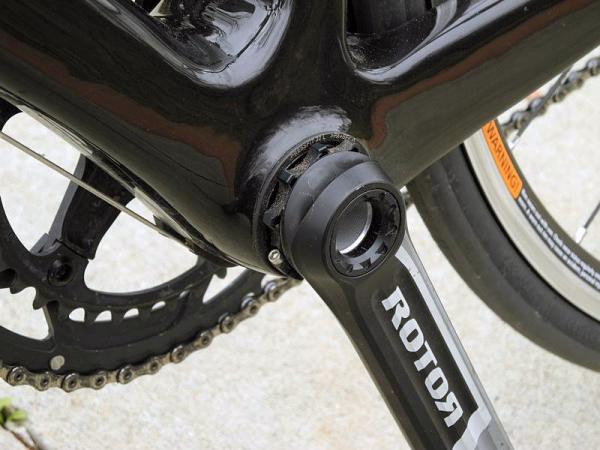
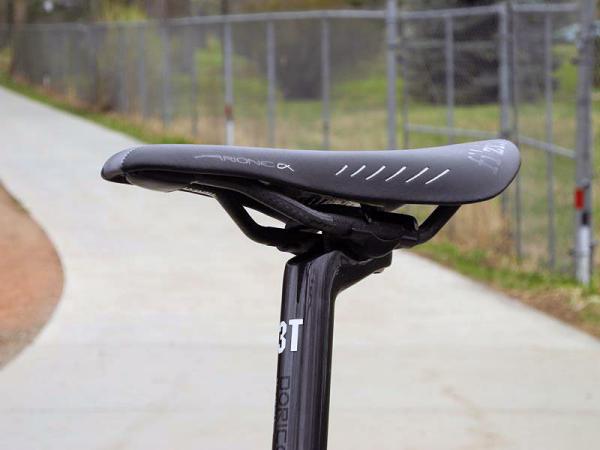
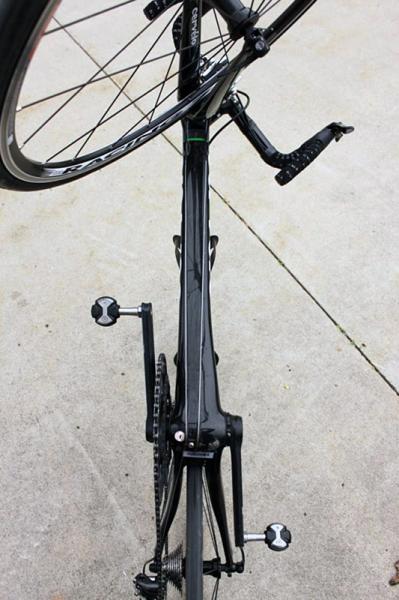
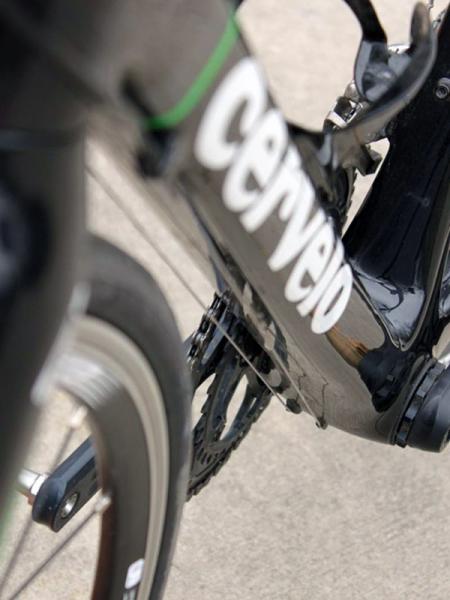
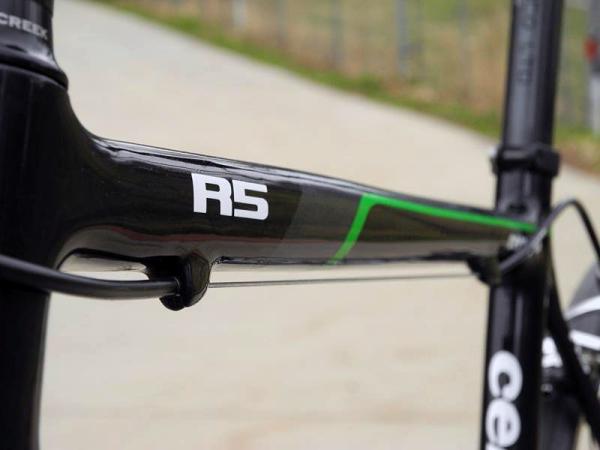
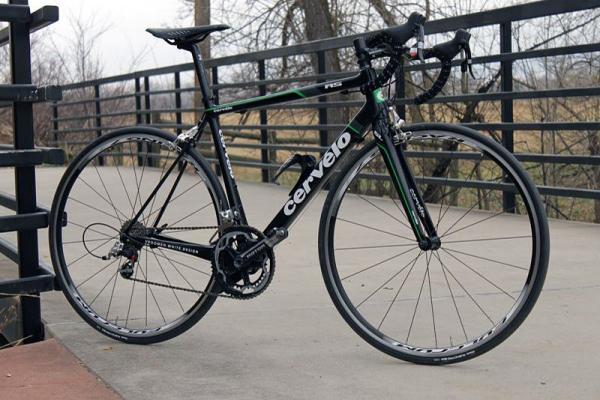
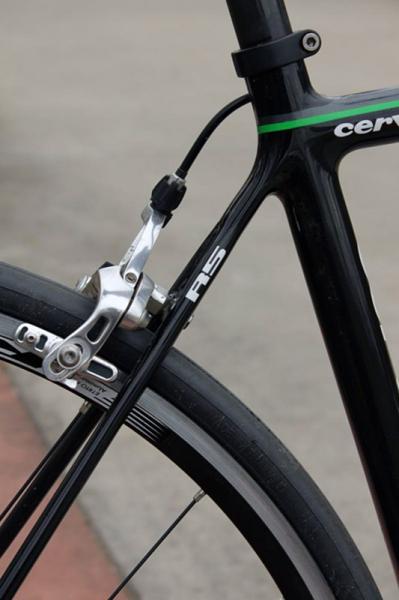
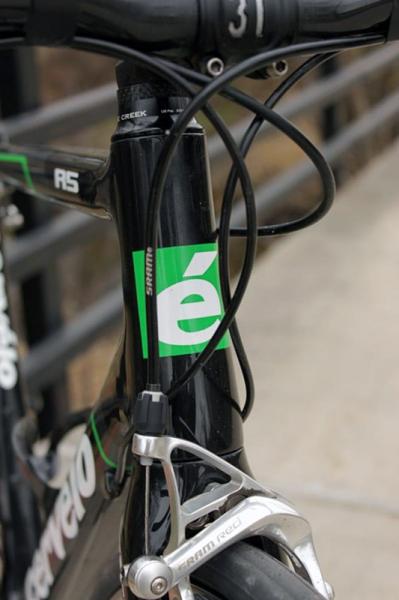
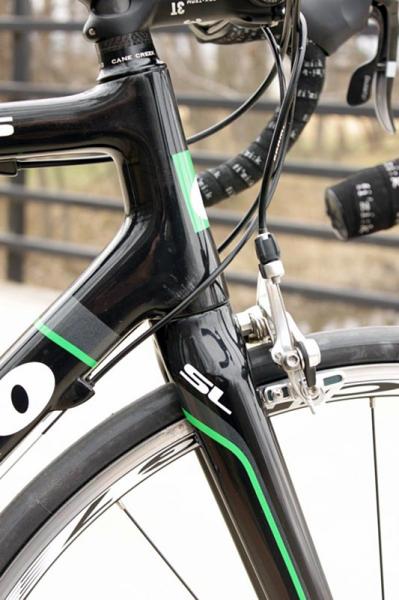
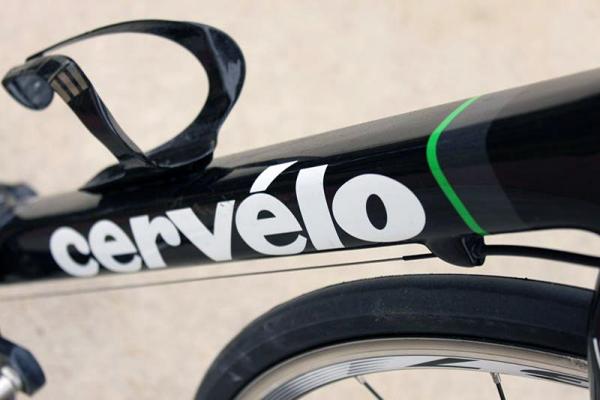
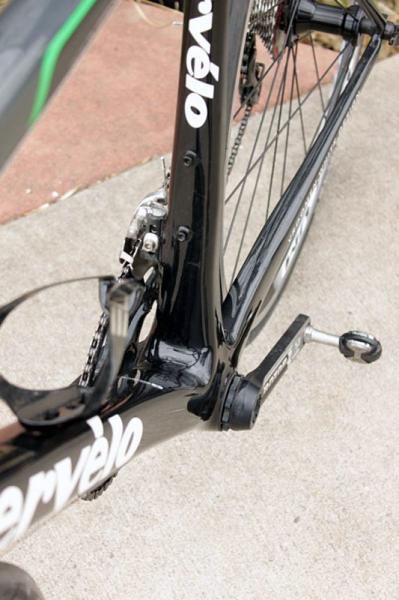
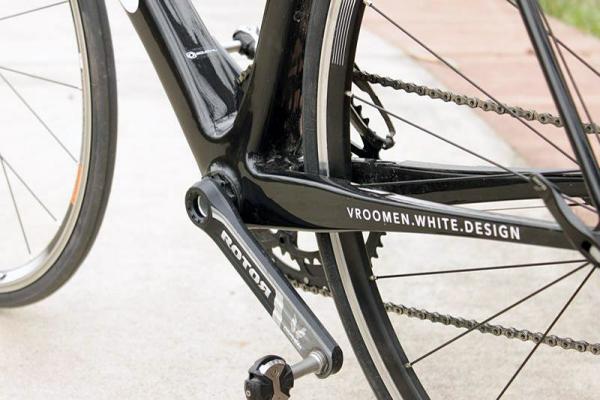
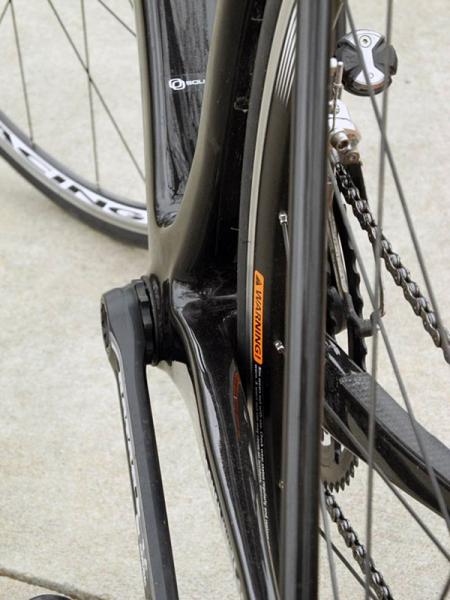
Born from the R5ca, Cervélo's flagship non-aero bike inherits many of the new weight saving, strength maintaining designs and construction processes proved on that limited edition superbike. Made in Asia instead of California, the R5 offers similar performance attributes but at a somewhat more attainable price – US$4,900 for the frameset, rather than $9,800 – and on a production line able to produce much greater quantities.
Ride & handling: Unbelievably stable at high speed; sport tuned road feel
After the better part of a season on our R5, two characteristics we noted on our initial rides continue to stand out: a surprisingly stiff road feel that begs comparison to race car inspired suspension, and excellent stability at speed. This bike is one of the most stable bike we’ve ever ridden at high speeds (over 40mph/70kph).
From the first corner we leaned into on our first test ride, we were struck by how a rider can feel every bit of the road on this bike; if the road is smooth the bike feels incredibly smooth, but if the road is rough the ride feels surprisingly rough. This seems to hold true until your speed increases. Once over, say, 20mph/32kph, the bike starts to smooth things out, and from there the R5 seems to become more and more solid the faster you go.

Massive chainstays extend from the BBright bottom bracket
The R5 is a bike that you really must ride fast to understand its capabilities – it's like a race car with firm, track-inspired suspension. Casual riders looking for comfort may be left wanting a smoother ride – something we'd normally expect the ultra thin seatstays and narrow 27.2mm diameter seatpost to provide. Aggressive riders won’t mind the ride feel, because it feels fast.
The more we rode the R5, the more we came to terms with its stiff feel. While its firmness wore on us once past the three-hour mark, we found that for most rides it didn't bother us. For those who aren't riding epics day-in-day-out, its stiffness is unlikely to spoil many rides. And those who hammer out an hour or two after work will probably appreciate it.
The second unique characteristic of the R5 is its stability at high speed. On our first ride out, we took the Cervélo up our standard mountainous test route, a 2,200ft out-and-back climb and descent, and upon turnaround we immediately pushed it right up to our maximum speed for the route – right under 50mph.
Over the course of the season we rode this same climb and descent countless times and every time we hit the bottom with a huge smile on our faces. One of our testers even commented that he found himself wanting to climb more on the R5, simply because he enjoyed descending on it so much.
The only thing holding us back on the downhills was the SRAM Red brakes – as speeds and braking distances increased, these calipers simply didn't provide the requisite stopping power. There are a couple of possible explanations for this: the higher than average speed or, possibly, the new ‘blue’ SwissStop pads now issued with the Red calipers.

Cervelo's proprietary squoval down tube
While the R5 might not be the most aero bike out there, its stability, light weight and descending prowess make it one of the most enjoyable to just go out and ride. The stability seems to come from the front of the bike and we believe it’s testament to both the head tube taper and the large squoval (square and oval) top and down tubes, as well as a refined fork design and/or carbon layup.
Given the stability of the bike and its firm road feel, we expected a stiffer feel from the bottom bracket in terms of pedaling. While we didn’t find it lacking and couldn't detect any deflection, the cranks and bottom bracket offered a damped feeling that wasn’t characteristic of the rest of the bike. When standing – either muscling up a steep climb or sprinting – pedaling input was muted compared to the harsher feel coming from the chassis, through the fork and saddle, when seated.
Frame: Cutting-edge carbon design with some unique-to-Cervélo features
The R5 employs Cervélo’s squoval (square and oval) tube profile, which is said to place more material farther away from the center axis to reduce side flex, while maintaining a round tube’s ability to resist torsional flex. It also uses the company's SmartWall carbon construction process, which is said to allow precise material placement and the ability to define specific wall thicknesses.
It carries over the R3’s minimalist seatstay design, too, which is said to offer weight savings and comfort (although we had a different impression than expected when riding the R5) without sacrificing strength. However, the R5 also has plenty of new features born directly from the R5ca California engineering project. These include the BBright bottom bracket design, proprietary 1-1/8in to 1-3/8in head tube taper, and finishing touches that include a minimalist front derailleur mount and seat collar, and single bend cable routing.

Both the down tube and seat tube are notably wider due to the BBright design
BBright is Cervélo’s proprietary 30mm axle bottom bracket system. The R5 BBright design uses SRAM’s Press Fit 30 bottom bracket and either proprietary BBright cranks from Rotor called 3D+ (found on the Garmin bike and our tester) or FSA BBright SL-Ks (found on the production R5). BBright compatible versions of SRAM's S900 and FSA's K-Force and Gossamer are also available, while standard Campagnolo, Shimano or SRAM GXP cranks can be run with adaptors. A standard Zipp Vuma Quad crank fits.
The design adds 11mm of girth to the non-drive side of the bottom bracket shell to balance sideways deflection under pedalling – the R5 has a 79mm bottom bracket shell versus a BB30 system’s 68mm metric. This doesn’t increase Q-factor over standard systems but it does reduce stance width (heel clearance), meaning the cranks sit no wider at the pedal faces but do sit wider at the bottom bracket attachment. BBright also allows the frame – in terms of down tube, seat tube, bottom bracket and chainstay – to be built larger. Cervélo say it's the stiffest, lightest design their engineers could devise.
The same is true for the R5's unique fork steerer and head tube taper. Cervélo say the 1-1/2in taper norm increases stiffness too much compared to a standard 1-1/8 setup, resulting in a less comfortable ride and a tendency for the fork to transfer too much stress to the frame. This subsequently requires the chassis to be ‘overbuilt’ to deal with the stress, ultimately making it heavier. They say their 1-1/8in to 1-3/8in taper offers the best combination of comfort, aerodynamics and frame strength.

The steerer tapers from 1-1/8in to 1-3/8in, which Cervelo say they found to be the optimal size
o shave as much weight as possible on the new bike, Cervélo's engineers have paid special attention to its details. They call out two areas they're especially proud of: the minimalist, 4.8g front derailleur hanger and 8g (claimed – we weighed it at 17g, with bolt) reverse seat clamp, which is also said to reduce ‘sitting’ stress on the seatpost and seat tube.
Cervélo offer a final ‘new’ design feature on the R5 called 'single bend' cable routing. The cables describe a straight line path from head tube boss to rear dropout boss (for the rear derailleur cable) and bottom bracket guide (front derailleur cable). This design was pioneered on the S3 aero bike, where cables are routed internally, but it makes good sense for any bike, and Cervélo claim a measurable reduction in friction. We haven't experienced any discernable difference compared to other SRAM Red equipped bikes.
Component kit: Professional level components at a premium – but lower than expected – price
Cervélo offer the R5 as a frameset with two color options ($4,900) or as a complete bike with one color (black with grey and green highlights) and one premium-level component package, which emulates the Garmin-Cervélo pro team issue, for $6,600.

The R5 is a purebred professional in almost all aspects, save for the wheelset
The component package is comprised of a SRAM Red group with FSA SL-K BBright crank, 3T LTD cockpit (Ergonova LTD carbon bar, Dorico LTD seatpost and ARX Team stem), Fi’zi:k Arione braided carbon saddle and simple Fulcrum Racing 7 training wheels; it seems Cervélo expect riders to already have, or be prepared to buy, a high-end race wheelset for the R5.
The price is slightly lower than expected for a top-level package, as Trek’s second-tier Madone 6.7SSL with Shimano Dura-Ace and alloy wheels costs $6,819.99 and Specialized’s top-level S-Works Tarmac SL3 with SRAM Red and Roval carbon clinchers goes for $7,700 (Specialized also offer a lower spec Tarmac SL3 Pro with Red and alloy wheels for $4,900).
Our 54cm R5 weighs 15.32lb (6.94kg), but the Fulcrum Racing 7 wheelset accounts for 6.41lb (2.91kg; with tires, tubes, skewers and Red cassette) of that. The R5’s components performed without exception, though the wheels do noticeably weigh the bike down — even when compared to Zipp’s average-weight 101 wheelset (5.25lb/2.38kg; with tires, tubes, skewers and Red cassette), which we also used on our R5 tester.
This article originally appeared on BikeRadar